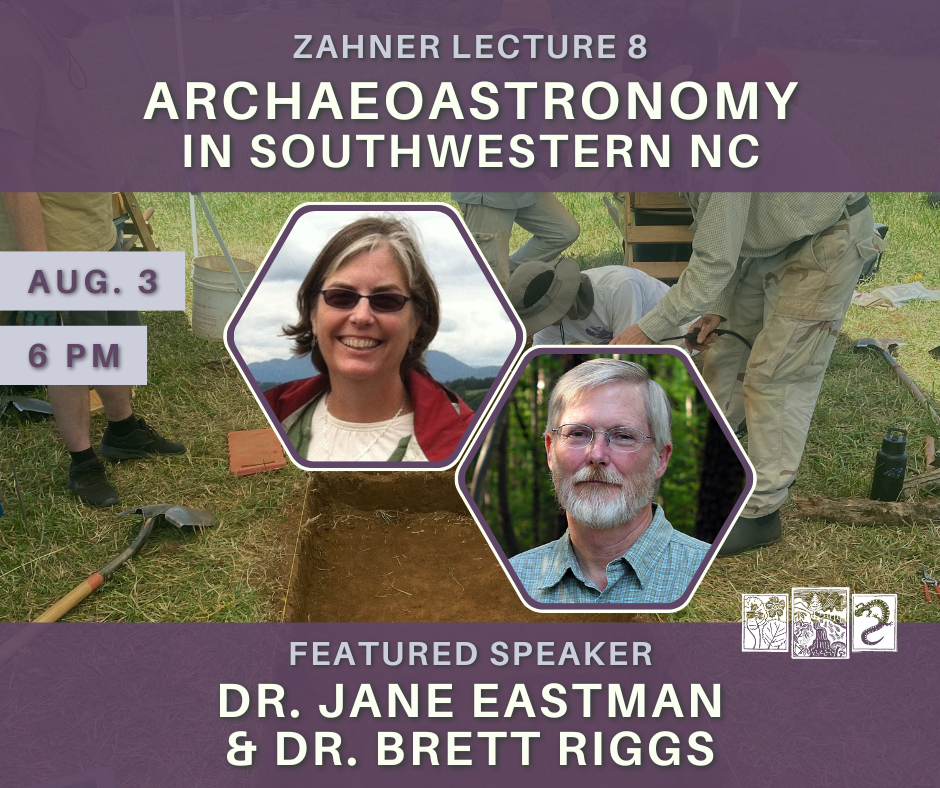Fleshy Fungi of the Southern Blue Ridge
Highlands Biological Station 265 North 6th St, HighlandsInstructor: Dr. Andy Methven (Eastern Illinois University, Emeritus) Students will be introduced to the fleshy fungi (Ascomycetes and Basidiomycetes) that occur on the Highlands Plateau. Emphasis will be placed on the analysis of macro- and micro-morphological features in the identification of genera and species as well as the ecological role of fungi in the ecosystem. Additional topics may be added depending on student interest. The daily routine will consist of a morning lecture followed by a field trip until early afternoon. Collections will be examined and identified after returning from the field and an opportunity provided to assemble a collection of dried fleshy fungi. Microscopes and chemical reagents necessary for accurate species determinations will be available for use. The laboratory will be open in the evenings for additional study of collections. Pre-requisites: Introductory biology, ecology, or permission of instructor For more information, visit https://highlandsbiological.org/summer-2023-academic-courses/.

Zahner Lecture 8
Highlands Nature Center 930 Horse Cove Rd., HighlandsLecture 8 - Archaeoastronomy in Southwestern North Carolina Featured Speakers: Jane M. Eastman, Ph.D.; Associate Professor; Anthropology and Sociology Department; Western Carolina University & Brett Riggs, Ph.D.; Sequoyah Distinguished Professor of Cherokee Studies; Western Carolina University Date: Thursday, August 3rd Time: 6pm – 7pm Cost: FREE Sponsored by Suzanne & Don Duggan, Julie Farrow, Florence & Tom Holmes, Ruthie & Franko Oliver, Adele & Nick Scielzo, and Margaret Waters. In ancient Cherokee perspective, the matters of this world, the Above World and the Beneath World intertwine, and Cherokee peoples constructed ritual landscapes to engage the beings and forces of these realms. Recent investigations in the Little Tennessee River Valley have revealed one such landscape that marks astronomical phenomena and bespeaks sophisticated systems for measuring calendrical time and the cycles central to Cherokee life. These patterns indicate complex observational sciences that guided functions of indigenous societies long before European contact.

Recent Comments